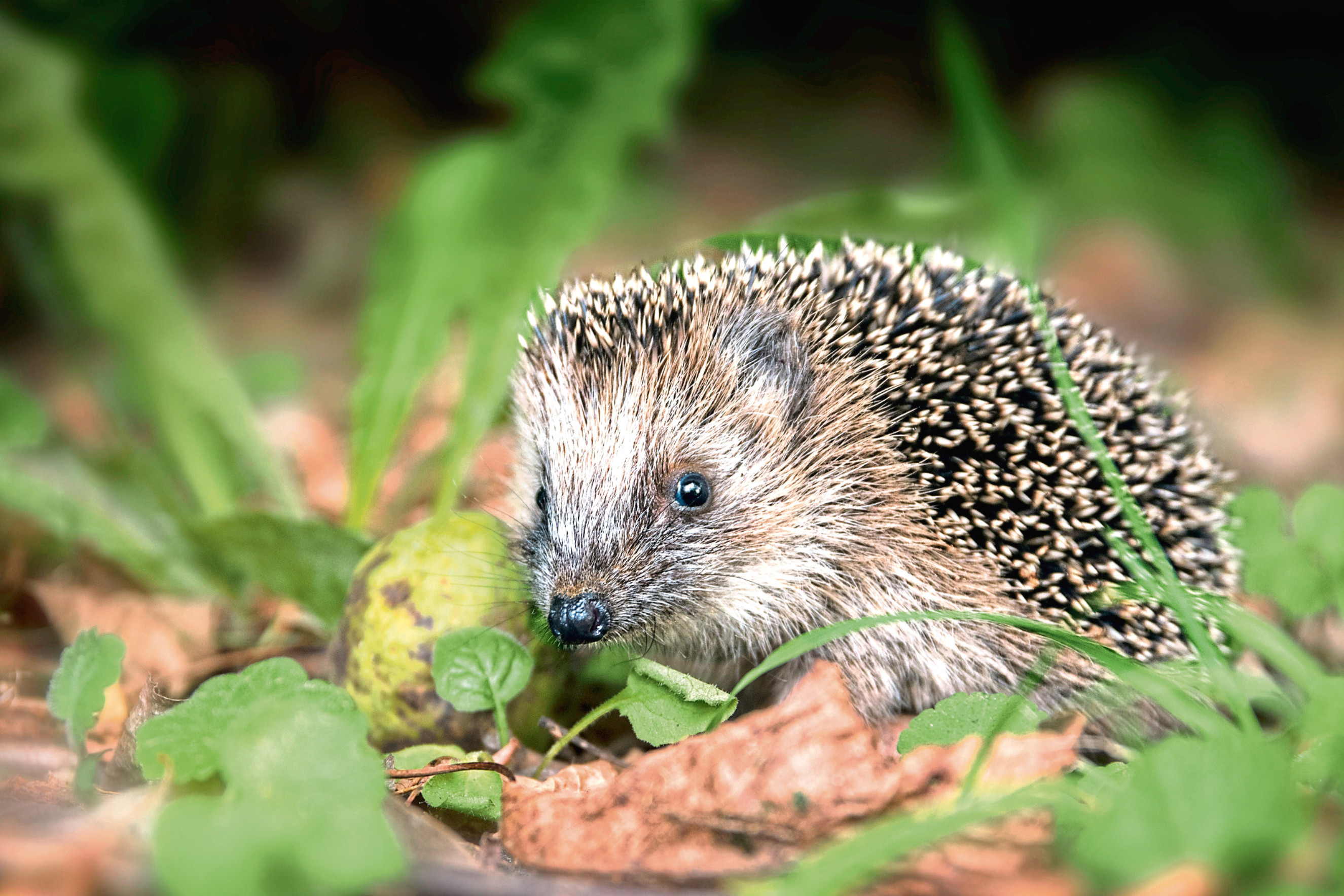
BEST-SELLING author Sally Coulthard has been writing about houses, gardens and the outdoors for more than 20 years.
Here, she tells Tracey Bryce about how she came to write The Hedgehog Handbook in response to the rapid decline of the spiky creatures
Where did hedgehogs get their name?
The English like to think they invented the hedgehog. And, in a funny way, they did.
Travel back 600 years to the Middle Ages, and you find the first recorded instance of the word – hygehoge – a simple marriage of “hyge” (hedge) and “hoge” (pig). It was a straightforward, no-nonsense name – did exactly what it said on the tin – and described the creature perfectly: a snuffling, grunting, hog-snouted beastie that liked nothing better than hanging around hedgerows.
Is it true people used to think they were witches?
Night-roaming animals have long suffered from strange folk beliefs and superstitions – bats, owls, cats and even hedgehogs have been linked to witchcraft for hundreds of years, probably because their night-time habits were so ill understood.
Even as late as the end of the 19th Century, some people thought that hedgehogs were either “familiars” or witches in animal form. It’s interesting that one of the old names for a hedgehog was a “hotchiwitch”.
How many spikes does a hedgehog have?
Between 5,000 and 7,000 on the average adult.
Is it true that hedgehogs rely on hearing and sense of smell because they have poor eyesight?
Not really. As creatures of the night, their senses of smell, taste and hearing are highly attuned. When you prowl around in pitch darkness, a smell or sound will catch your attention where a visual cue will fail.
But it’s not true that hedgehogs have poor eyesight – the fact is that hedgehogs don’t use their eyes because they don’t need to.
Tell us some interesting and largely unknown facts about hedgehogs.
Did you know they’re lactose intolerant? Or that they can run really fast in short bursts – up to 9km per hour? They’re also good swimmers and climbers.
What do hedgehogs eat? Is it true they are allergic to cheese?
It’s definitely not good for them. Hedgehogs are lactose intolerant (see above) so milk or cheese are a no-no. As for what they do like, hedgehogs are noisy, enthusiastic eaters. Like greedy toddlers, they eat with deliciously few table manners – plenty of crunching, open-mouthed slurping and lip-smacking going on with every meal. They’re generalists, surviving on a diet consisting largely of insects. This unfussy palate serves hedgehogs well: not only will they devour slugs, earwigs, beetles and worms with relish, but they can also stomach caterpillars and millipedes which, to other species, taste bitter or unpleasant.
How do they communicate?
On the whole, hedgehogs are solitary animals, so for most of the year they don’t need to communicate with each other.
However, come mating season it’s a whole different story. When a male finds a female, he knows he must impress her. A “dance” ensues, he circles her endlessly, snorting and grunting, trying to win her over.
Famous hedgehogs?
Lots – they pop up all over literature, from Shakespeare to the Bible, Philip Larkin to Beatrix Potter.
What is the lifespan of a hedgehog?
Three to seven years in the wild but the oldest lived to the ripe old age of 15, in captivity in Germany.
Are they declining in numbers? Is there anything we can do to preserve them?
Yes, sadly it’s true. In the 1950s it’s estimated that there were around 30 million hedgehogs in the UK. Now, we’re down to less than a million. That’s why I wrote the book, to give practical advice on how to help them: everything from making wild corners in your garden to putting out food, making hedgehog houses to checking bonfires.

Enjoy the convenience of having The Sunday Post delivered as a digital ePaper straight to your smartphone, tablet or computer.
Subscribe for only £5.49 a month and enjoy all the benefits of the printed paper as a digital replica.
Subscribe